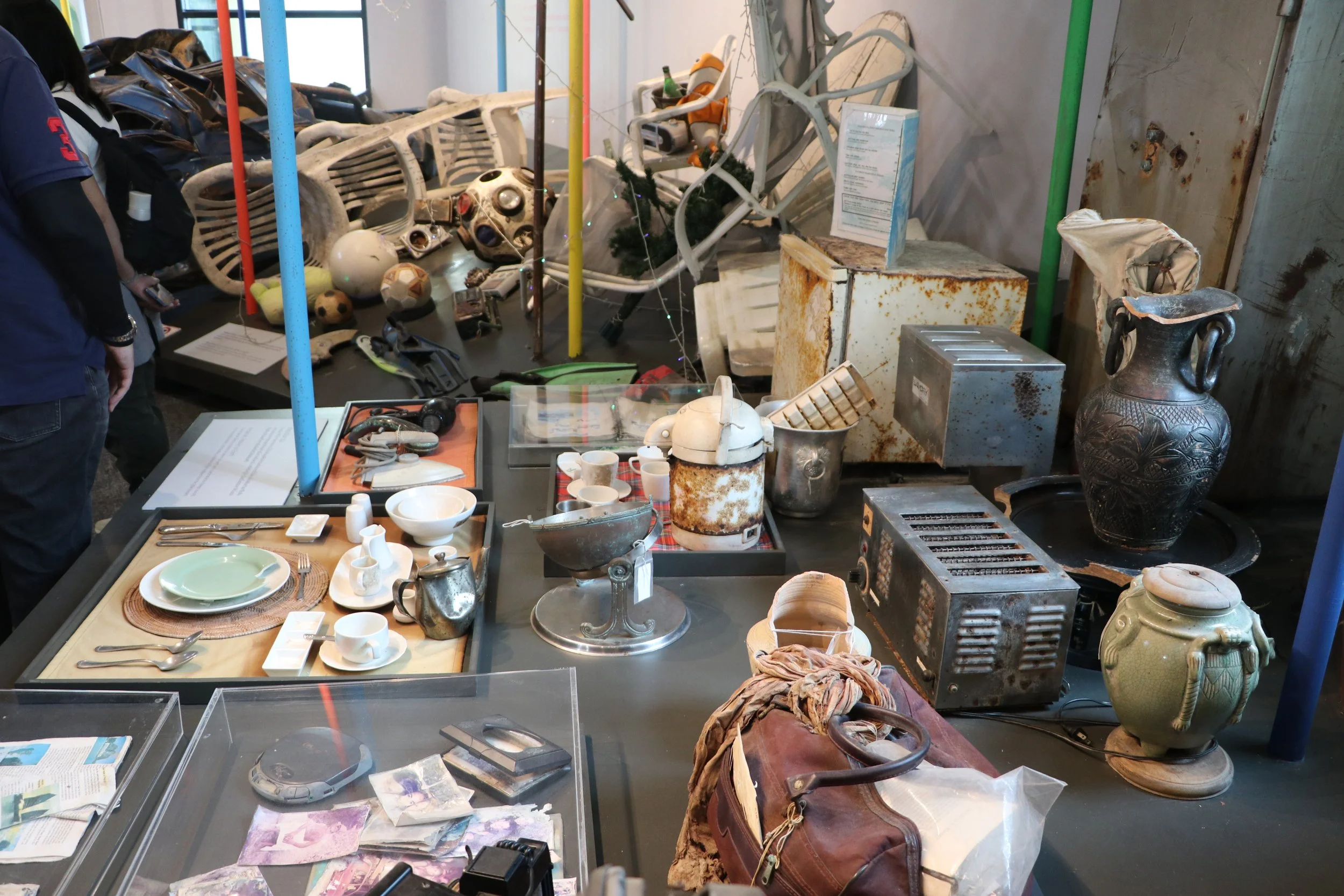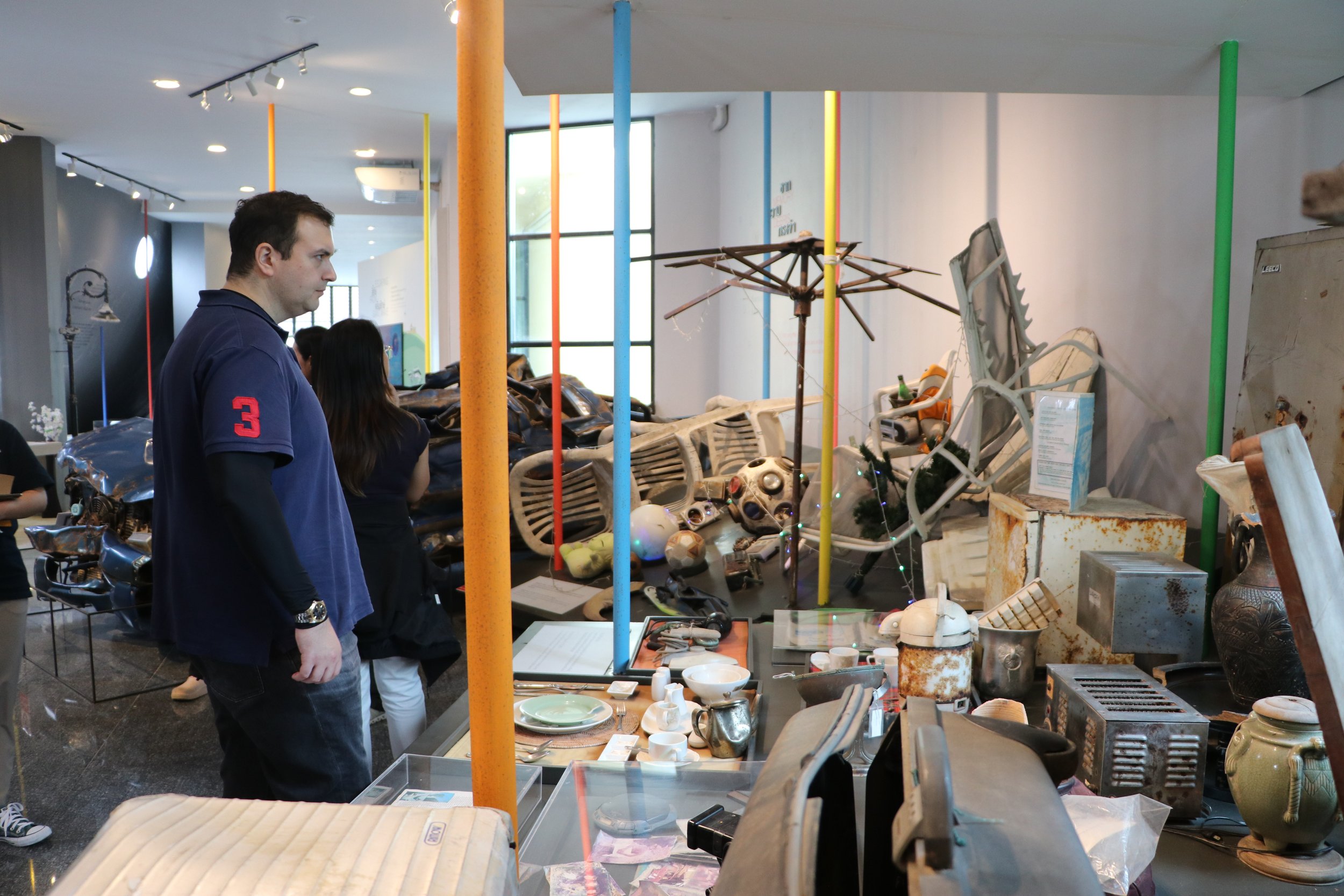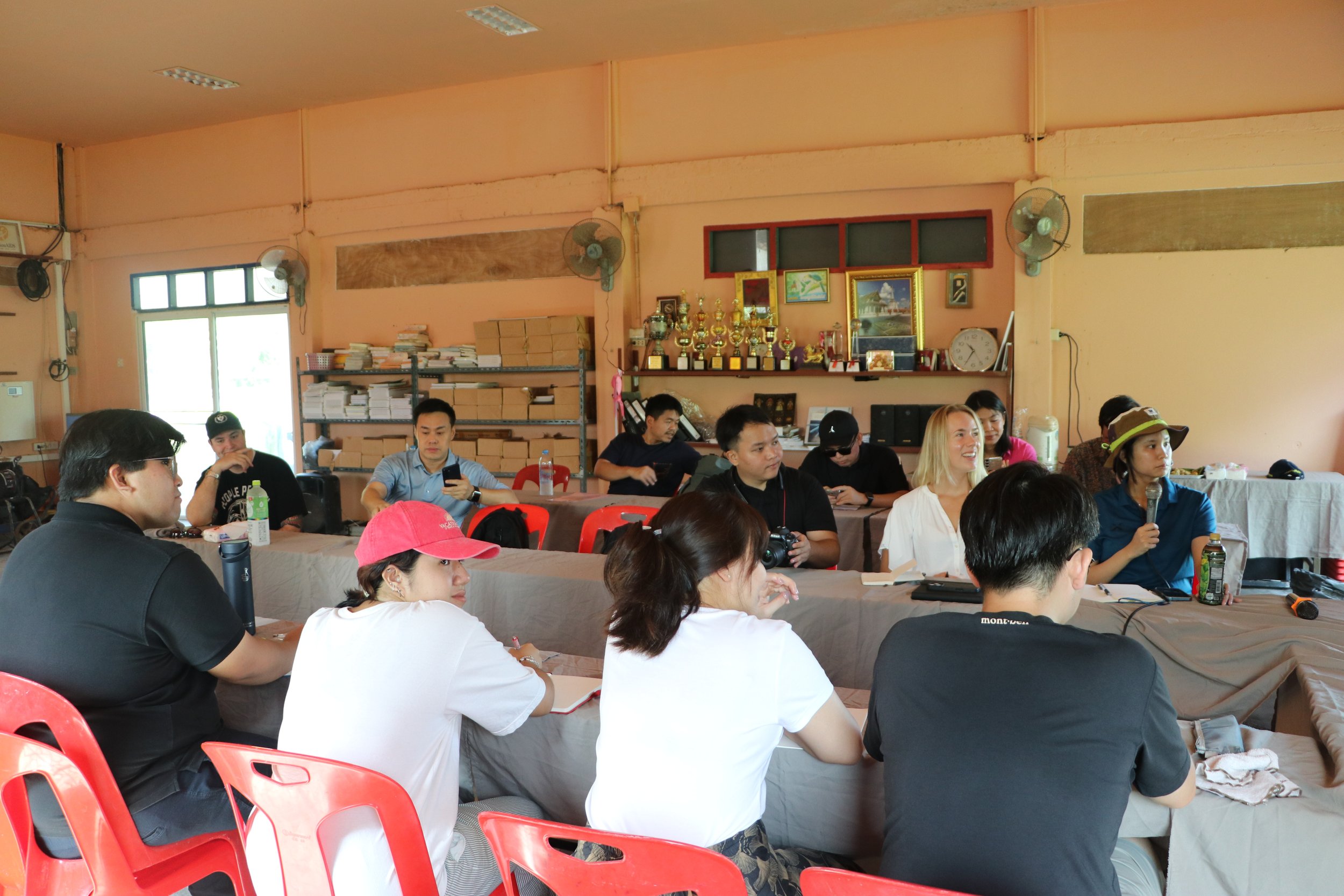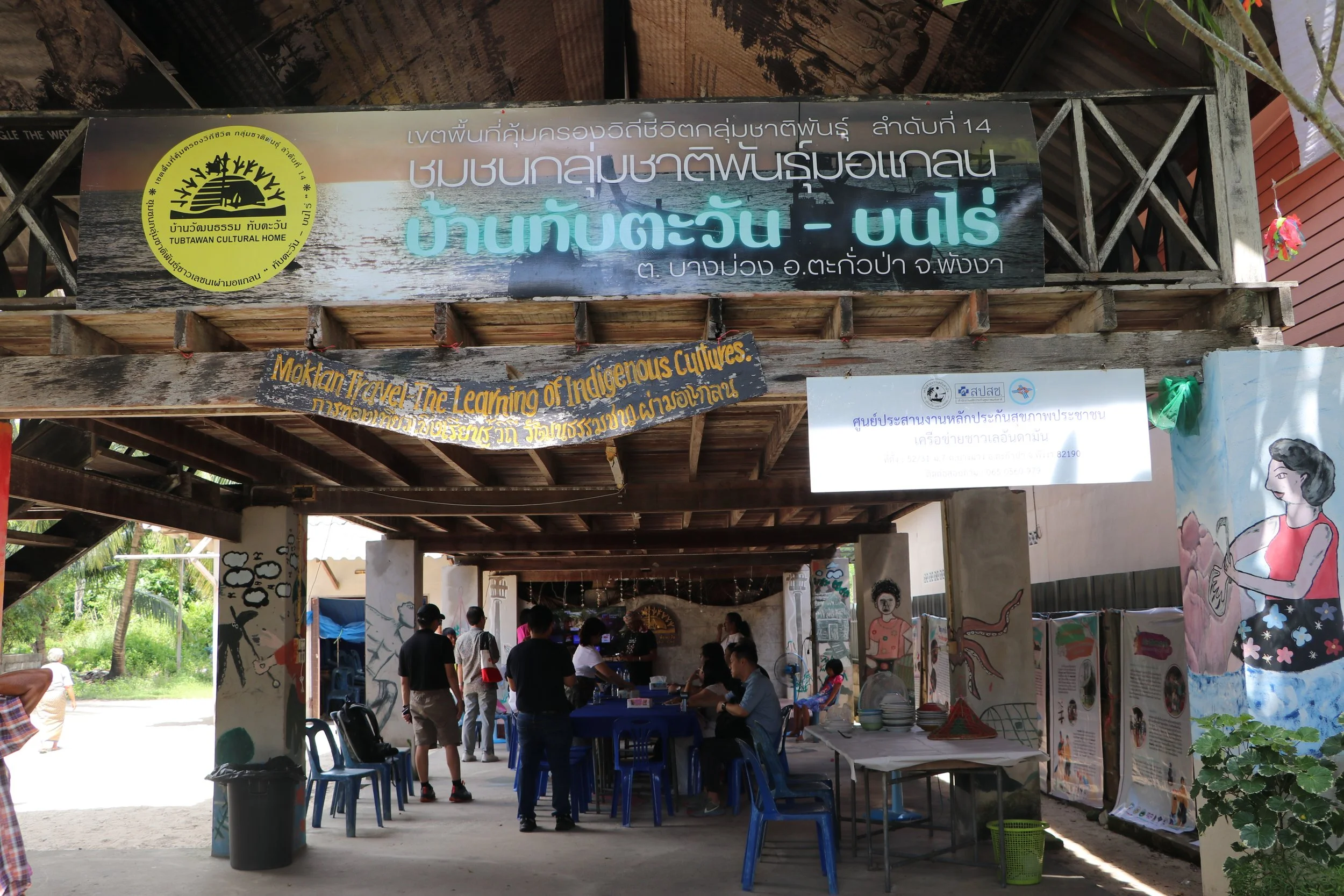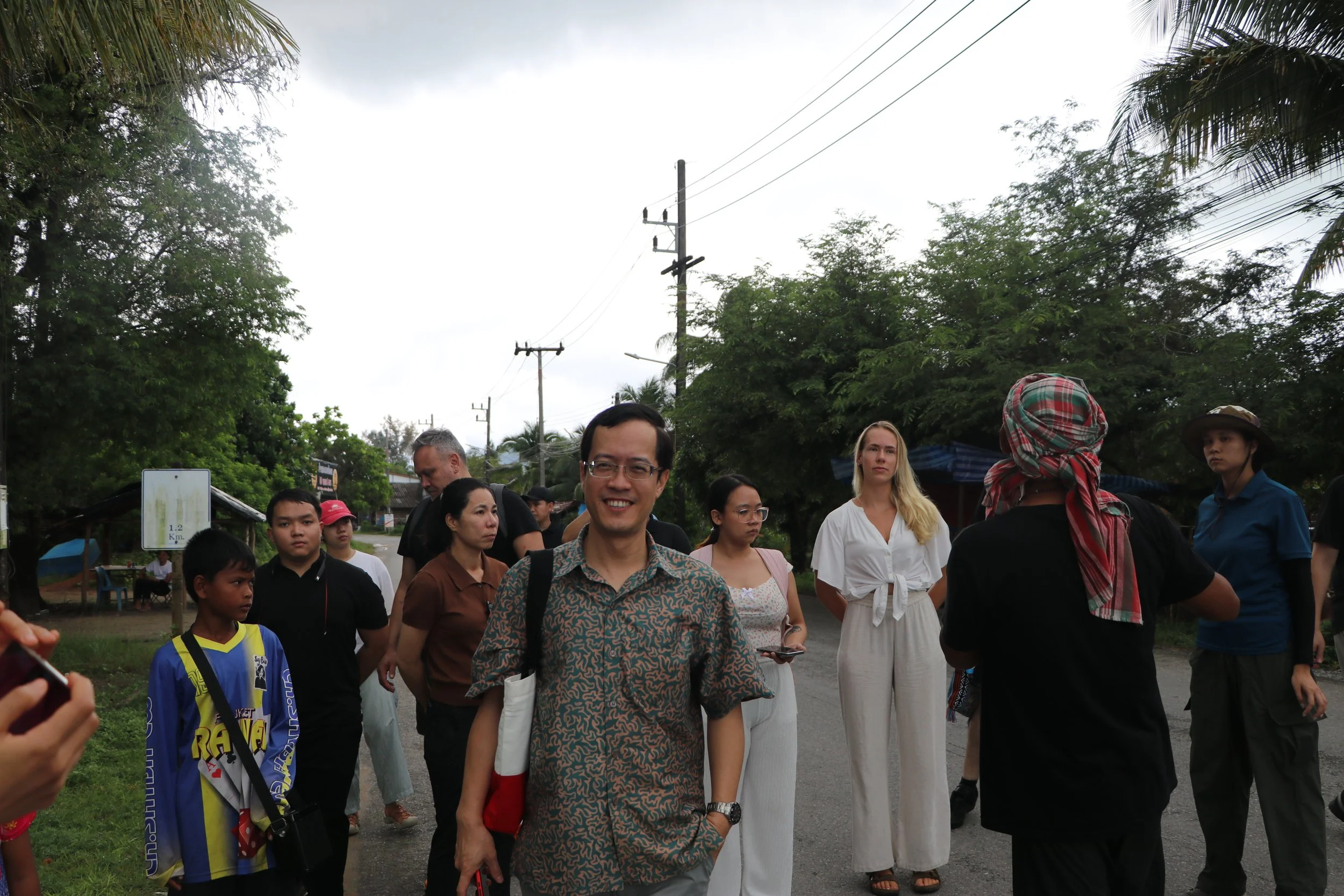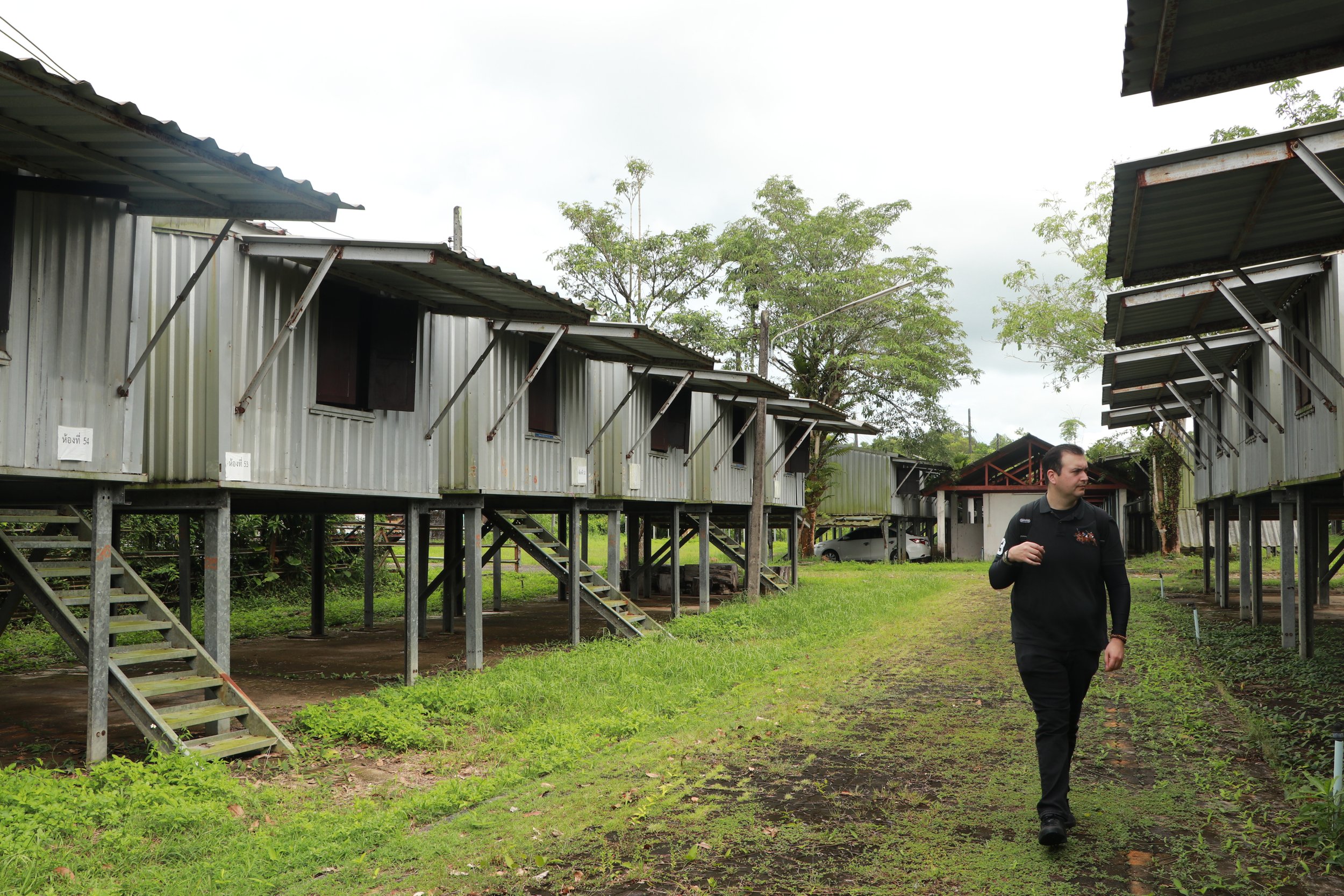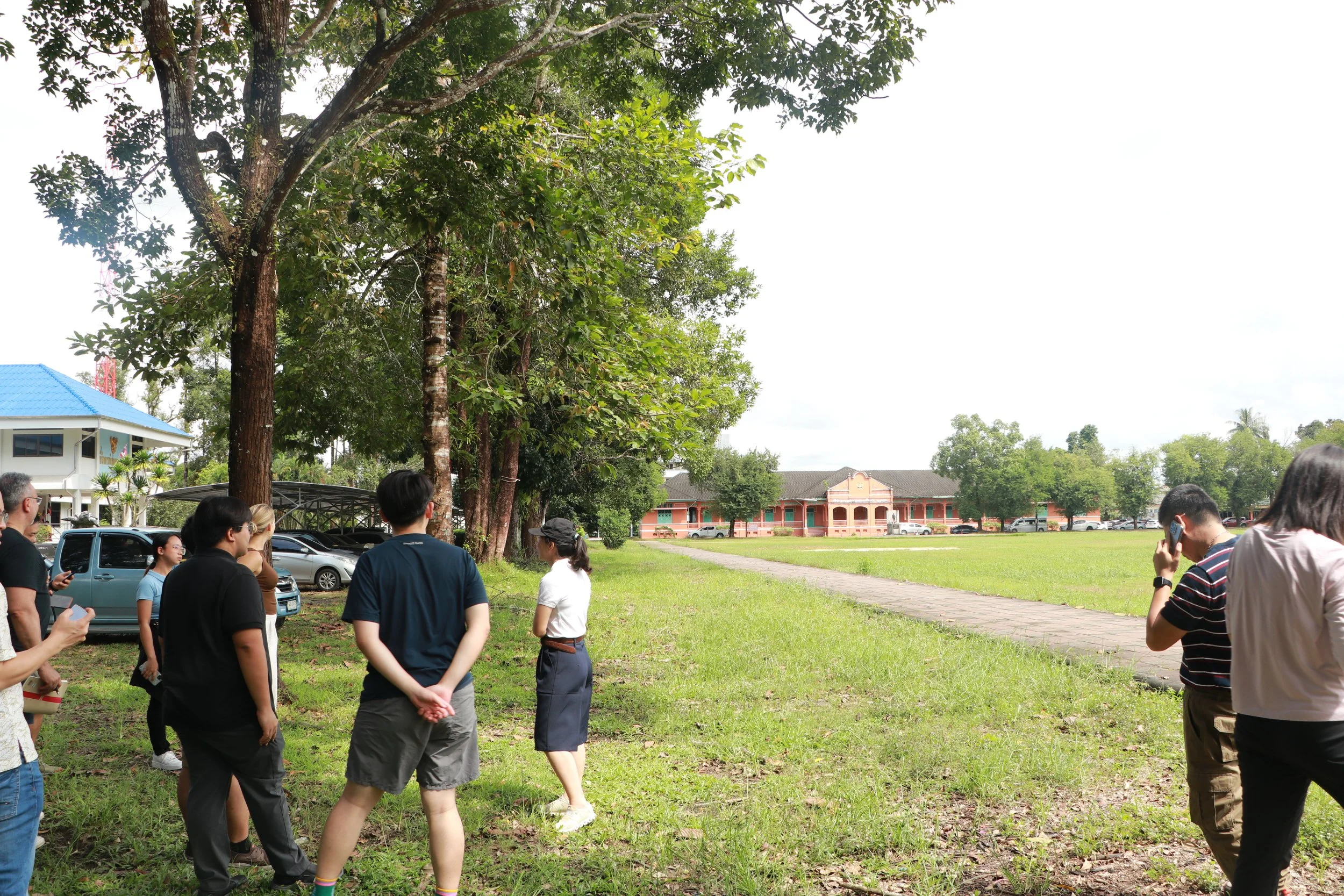Disaster and Crisis Management Course Studies Discover How Disaster Preparedness Works in Real Life.
From 17 to 20 October 2025, MAIDS students from the Disaster and Crisis Management course travelled to Phang Nga Province, where a devastating tsunami struck Ban Nam Khem in Takua Pa District on December 26, 2004. Triggered by a 9.0-magnitude earthquake northwest of Sumatra, Indonesia, the tsunami caused catastrophic damage across Thailand's Andaman Sea provinces. Phang Nga was among Thailand’s most severely affected areas, with significant loss of life and destruction to coastal communities.
The field trip was part of the course’s hands-on learning approach, helping students connect what they have studied in class with realities experienced on-the-ground in communities living in disaster-prone areas. Over four days, the students observed how recovery, preparedness, and community resilience takes shape over time. The trip was led by Professors from the program, including Asst.Prof.Dr. Watchara Pechdin, Prof.Dr. Sorasich Swangsilp, Asst. Prof. Pimsiri Aroonsri, and Ms. Arunswasdi Huridadtpong.
During the visit, students met with local leaders and community members in Ban Nam Khem, a Moken community, to learn about ongoing efforts in disaster preparedness and early warning systems. Through these interactions, students gained a deeper understanding of how effective disaster management must consider the local context, traditional knowledge, and active participation of all communities, including marginalized and migrant groups.
They also visited the Ban Nam Khem Tsunami Museum, where they listened to first-hand stories from survivors and learned about the community’s recovery journey. These stories highlighted the strength and resilience of the people who rebuilt their lives and communities after the disaster.
The next day, the students participated in a tsunami evacuation response exercise, which enabled them to experience evacuation planning in practice. They learned how evacuation routes are planned, marked, and communicated to ensure that community members are familiar with them. Students also learned how safe zones and evacuation buildings, such as temples and community centers, are designated that serve as shelters during emergencies. They discussed whether these facilities are inclusive and accessible to all, particularly older adults, the disabled, and other vulnerable groups. This hands-on experience helped them understand the importance of coordination, communication, and community involvement in saving lives during disasters.
The field trip not only deepened students’ understanding of disaster and crisis management frameworks but also strengthened their appreciation of the human dimensions of resilience and recovery. It was a meaningful opportunity for students to learn directly from those who have lived through and overcome the challenges of disaster, showing the value of local wisdom, inclusion, and collective participation in building safer, stronger communities.
Ban Nam Khem Tsunami Museum
https://www.facebook.com/Bannamkhemtsunamimuseum
EI EI LIN
Communication Coordinator
MAIDS-GRID Program




